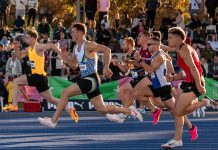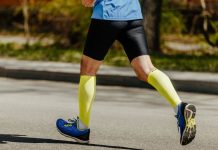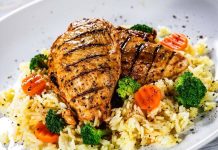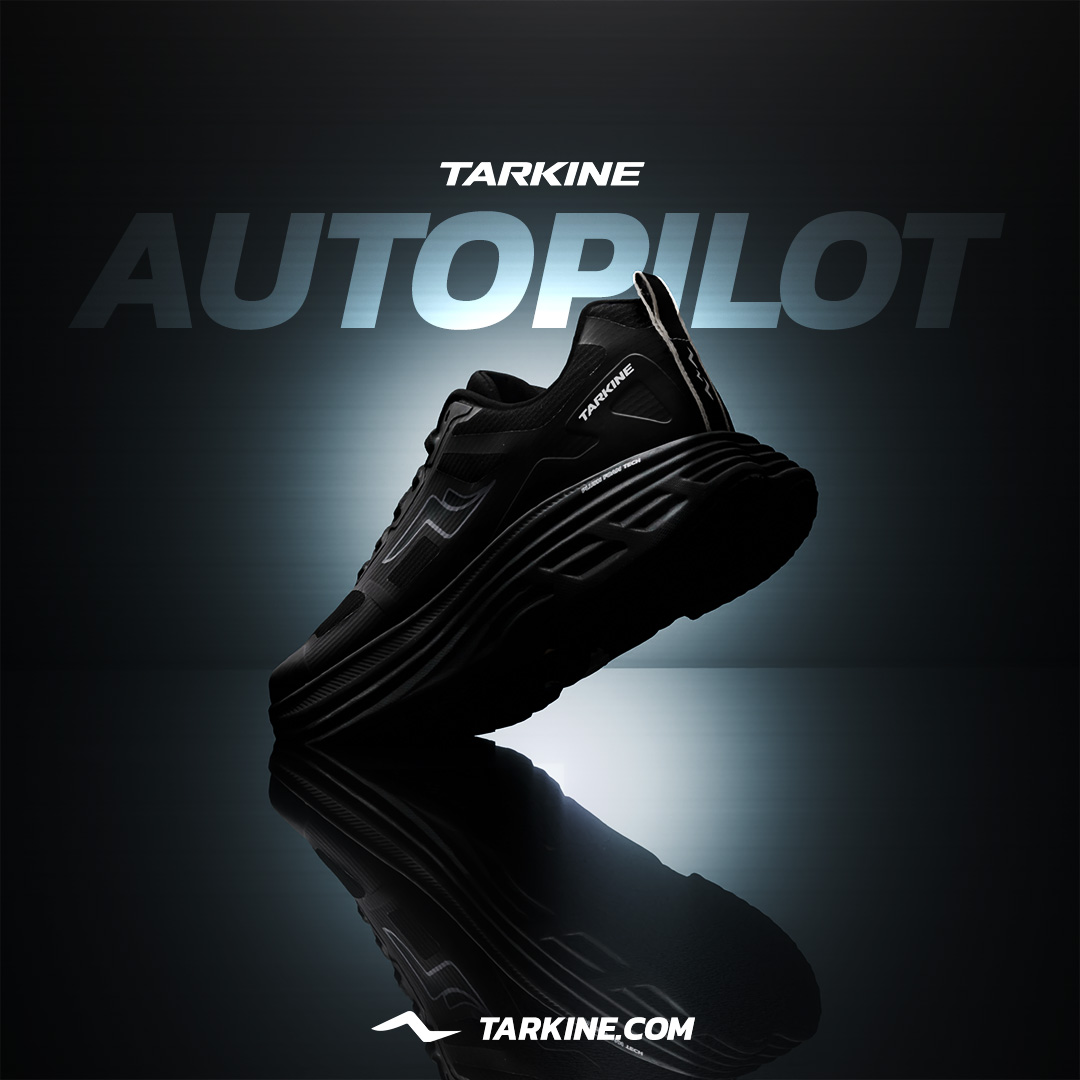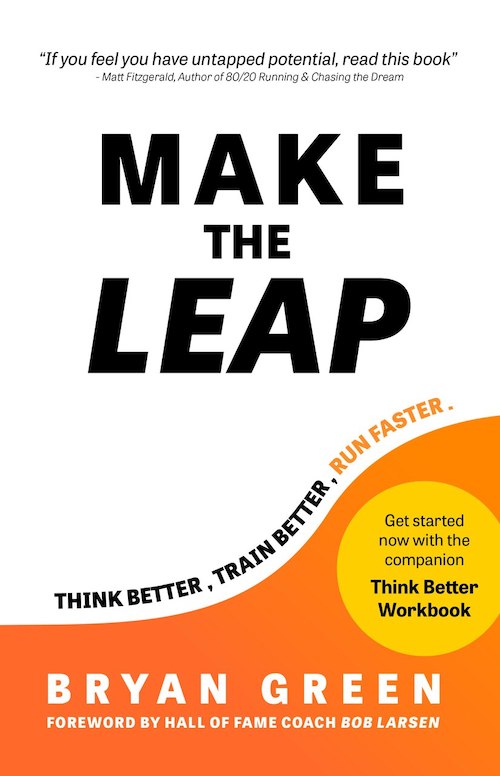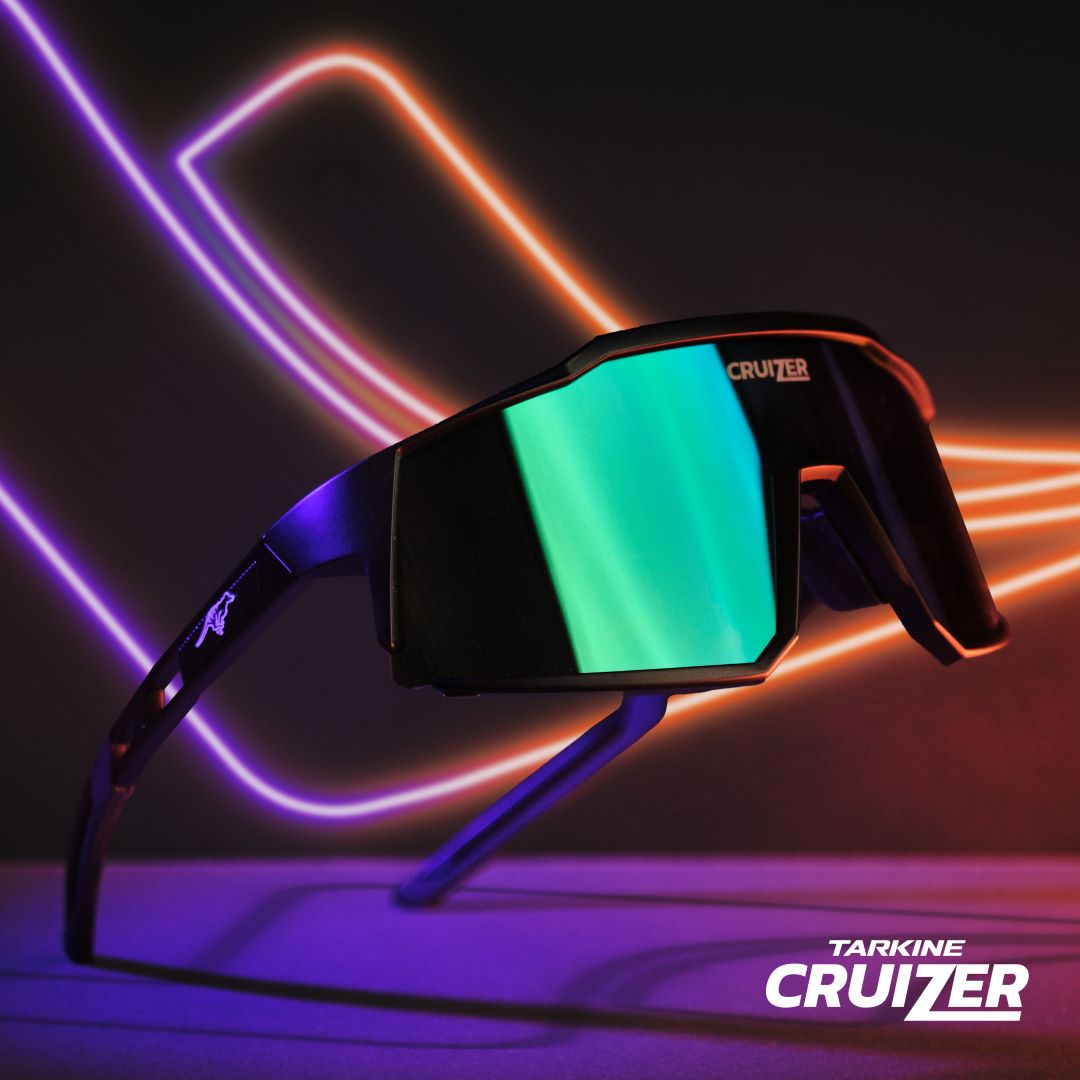Crossing the finish line of a marathon is a major achievement, but for many runners, it also comes with an unwelcome side effect: nausea. While that shiny new medal and post-race snacks might seem rewarding, nausea and other gastrointestinal (GI) issues often overshadow the joy of completion.
In fact, a recent study in Frontiers of Physiology found that post-race GI distress is extremely common among marathoners, with symptoms like nausea, bloating, and stomach pain peaking immediately after the race. If you’ve ever wondered why this happens and how to prevent it, read on as we explore expert insights on causes, prevention, and relief strategies for post-marathon nausea.
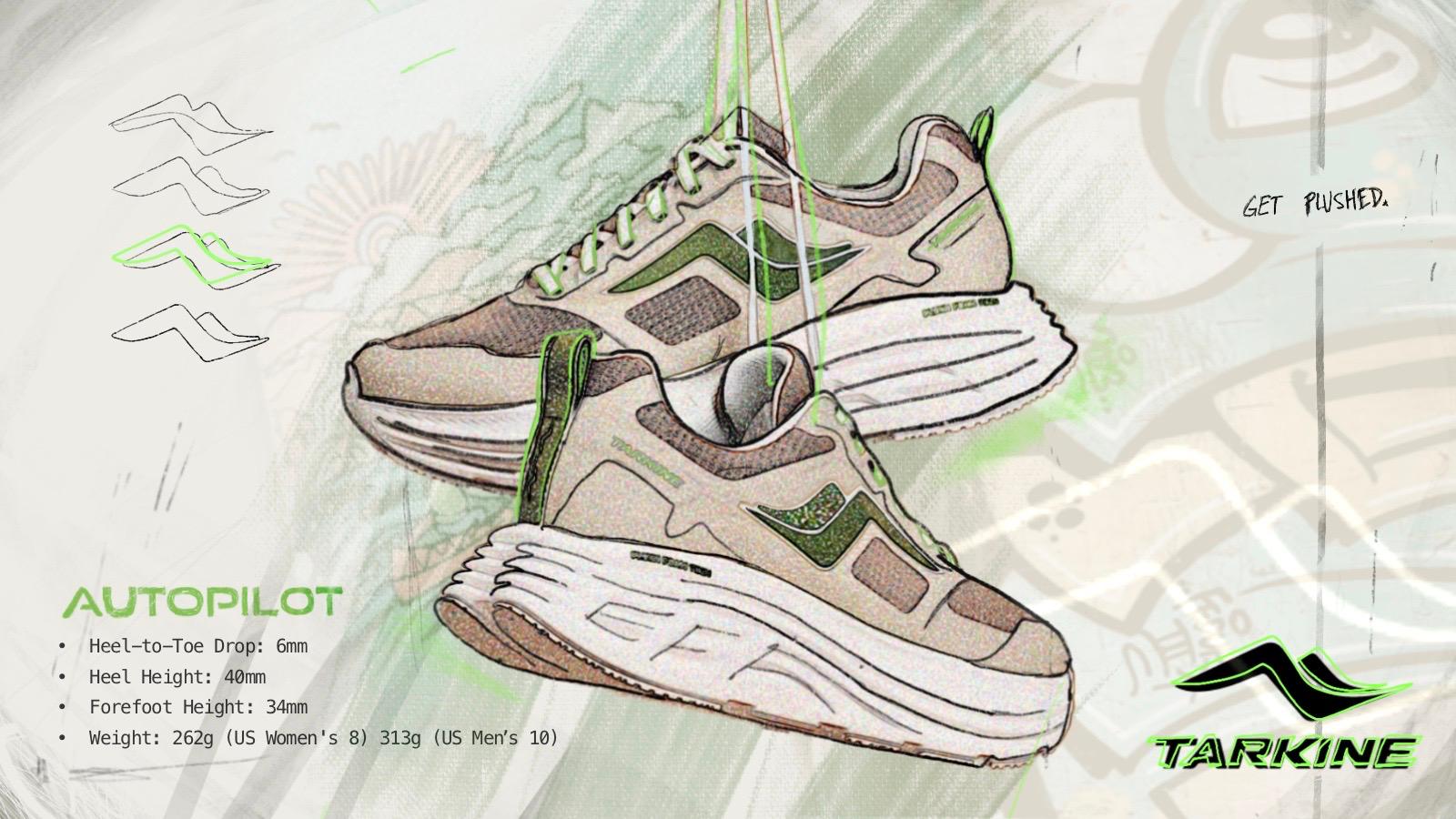
Why Do You Get Nauseous After a Marathon?
- Dehydration and Electrolyte Imbalance
During a marathon, dehydration is common due to extensive sweat loss. Losing too many fluids and electrolytes through sweat can disrupt your body’s internal balance, affecting blood flow to the stomach and GI tract. According to Kristy Baumann, RD, LD, a registered dietitian who works with marathoners, dehydration limits blood flow to the GI system, often triggering nausea.
- Overexertion and Fueling Needs
Unlike training runs that typically max out around 18 to 22 miles, marathons push the body harder and for longer distances. Baumann notes that many runners don’t practice sufficient fueling or hydration strategies during training. This leaves them underprepared to handle the marathon’s demands, often leading to nausea from overexertion, dehydration, and low sodium levels. - Blood Flow Redistribution
During high-intensity running, blood is directed away from the digestive system and toward the skin and muscles to cool down and fuel performance. This limited blood flow to the GI tract can cause food and fluids to linger, leading to nausea. Baumann explains that higher temperatures exacerbate this, making nausea more likely if runners are overdressed or racing in warm weather.
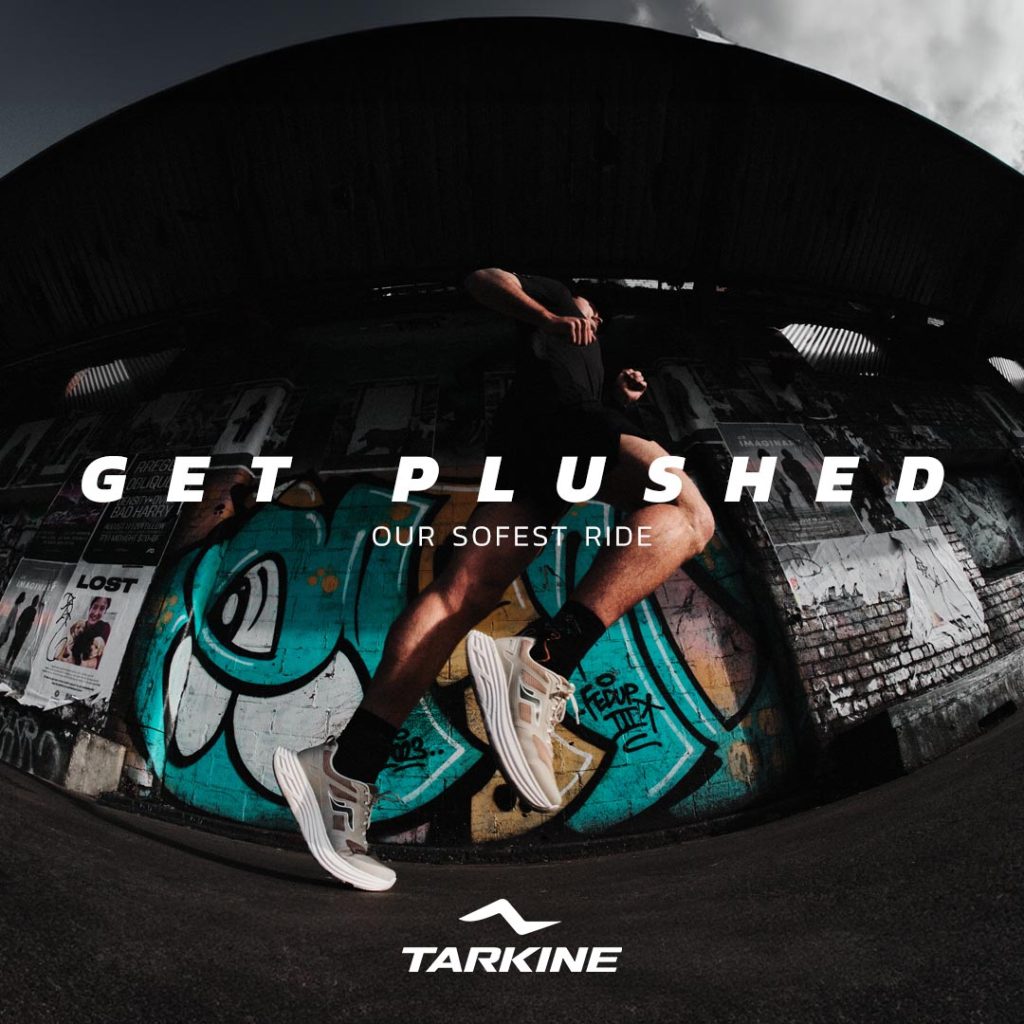
Tips to Prevent Nausea During and After a Marathon
- Master Your Hydration Needs
Drinking too much plain water dilutes sodium levels, which can worsen nausea and lead to more severe symptoms. Baumann suggests runners learn their personal hydration needs through sweat loss tests during training. A good baseline from the Institute of Medicine (IOM) recommends daily water intake between 91 and 125 ounces (2.7 to 3.7 liters) for adults aged 19-50. To prevent dehydration during a marathon, add electrolytes, which can help balance sodium levels and reduce the risk of post-race nausea. - Fuel Properly on Race Day
Avoid foods that are high in sugars, fats, and fiber in the 24-48 hours before race day. These foods are more difficult to digest, which increases the GI system’s workload. Baumann recommends focusing on simple carbs, which are easier for your body to process. During the race, aim to consume 30-60 grams of carbohydrates per hour to maintain energy levels. - Practice Your Race-Day Fueling Strategy
Use your training runs to dial in your fueling plan. Baumann and other experts encourage runners to try carb loading before long runs and use race-day gels, drinks, and snacks that they plan to have during the marathon. This trains your gut, just as you train your legs, and reduces the chance of GI upset.
- Combine Carbohydrate Types
Studies suggest that a mix of glucose and fructose is easier on the stomach than glucose alone. Products like Maurten Gel 100, which combines these sugars, have been found to improve performance and reduce GI symptoms compared to standard glucose-based gels.
Coping with Nausea Post-Marathon
- Rehydrate with Electrolytes
Within 30 minutes after crossing the finish line, try to rehydrate with a sports drink, broth, or an electrolyte solution. This can ease nausea by restoring your body’s balance. Baumann recommends packing an extra sports drink or trying bone broth, which is rich in sodium and protein, for a gentler option on the stomach. - Have a Simple, Balanced Snack
Start small with snacks that are easy to digest. Low-fat chocolate milk, for example, offers carbs, protein, and electrolytes—ideal for kickstarting recovery. Goblirsch, a nutrition coach, emphasizes that chocolate milk or a similar beverage isn’t the entire solution but is a good starting point.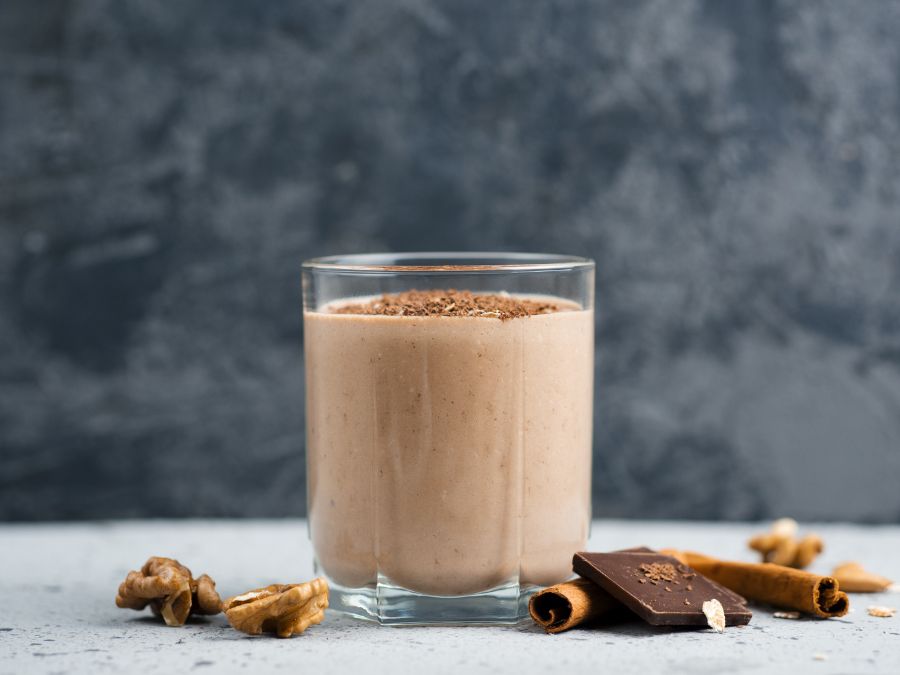
- Stick to Fluids First
If nausea is severe, start with liquids, which are easier to digest. Try a smoothie, a recovery shake, or broth. If you feel well enough later, add in solid foods gradually.
Marathon success comes with a unique set of challenges, and post-race nausea is one of the most common yet manageable hurdles. Understanding the causes—whether it’s dehydration, overexertion, or blood flow redistribution—can help you plan smarter hydration, fueling, and recovery strategies. By training your gut as thoroughly as you train your legs, you can better prepare for race day and lessen the likelihood of post-marathon GI distress. Remember, your body has carried you through 26.2 miles, so take the time to give it the replenishment and care it deserves to recover fully.



